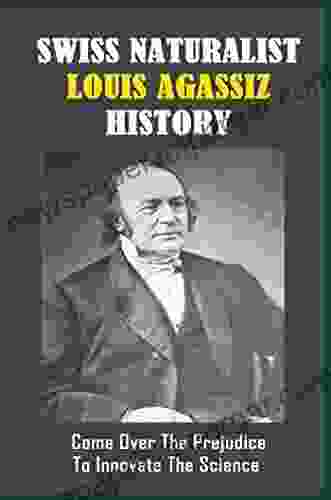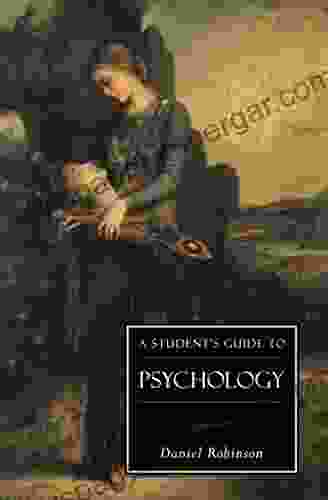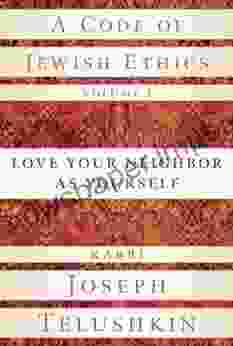Swiss Naturalist Louis Agassiz: A Legacy of Scientific Discovery

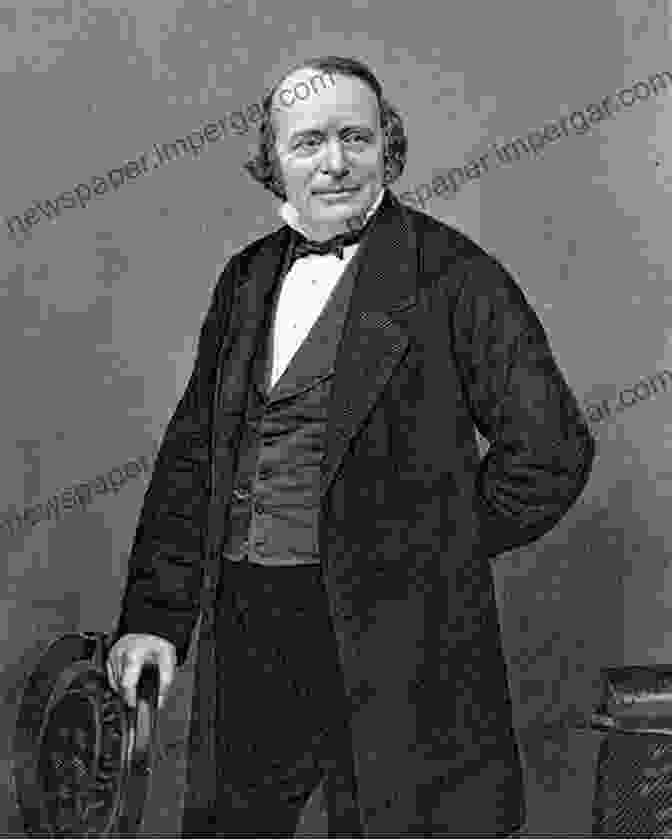
5 out of 5
| Language | : | English |
| File size | : | 406 KB |
| Text-to-Speech | : | Enabled |
| Screen Reader | : | Supported |
| Enhanced typesetting | : | Enabled |
| Word Wise | : | Enabled |
| Print length | : | 85 pages |
| Lending | : | Enabled |
Early Life and Influences
Louis Agassiz was born on May 28, 1807, in Môtier, Switzerland. His father, a Protestant minister, instilled in him a deep appreciation for nature and the pursuit of knowledge. From a young age, Agassiz displayed an exceptional curiosity and a passion for exploring the natural world.
Agassiz received his formal education at the University of Lausanne, where he studied medicine and natural history. He was particularly drawn to the teachings of Jean-Louis Rodolphe Agassiz, a prominent zoologist who became his mentor and had a significant influence on his scientific development.
Pioneering Research in Geology
In 1832, Agassiz published his doctoral thesis on fossil fish, which earned him widespread recognition in the scientific community. His groundbreaking work on glacial phenomena, however, would solidify his legacy as a pioneer in the field of geology.
Agassiz conducted extensive research on glaciers in Switzerland, and in 1840, he published his seminal work, "Études sur les Glaciers." In this treatise, he proposed the theory that ice sheets had once covered large parts of the Earth's surface during past ice ages. This radical idea, which challenged prevailing beliefs at the time, would revolutionize our understanding of Earth's geological history.
Zoological Expeditions and Discoveries
Agassiz's thirst for knowledge extended beyond geology. He also made significant contributions to zoology through his extensive research on fish, mollusks, and echinoderms.
In 1856, Agassiz traveled to Brazil, where he led an expedition that collected thousands of specimens and made invaluable observations on the region's biodiversity. His work on fish classification, particularly his studies on the geographical distribution of fish species, laid the foundation for modern biogeography.
Educational Legacy and Impact
In addition to his scientific pursuits, Agassiz was also a passionate educator. In 1846, he was appointed professor of natural history at Harvard University, where he played a pivotal role in shaping American scientific education.
Agassiz believed that science should be accessible to all students, regardless of background. He established the Museum of Comparative Zoology at Harvard, which became one of the world's leading centers for biological research and teaching. His innovative teaching methods, including hands-on field trips and the use of specimens, inspired generations of students.
Later Years and Lasting Legacy
Louis Agassiz spent the latter part of his life continuing his research and writing extensively. He died in 1873 at the age of 66, leaving behind an enduring legacy as one of the most influential scientists of the 19th century.
Agassiz's pioneering work in geology, zoology, and glaciology laid the groundwork for many of the scientific advancements that followed. His educational philosophy and dedication to the dissemination of scientific knowledge continue to inspire educators and students alike.
Louis Agassiz, the Swiss naturalist who made significant contributions to geology, zoology, and glaciology, was a true pioneer in the scientific field. His groundbreaking research, extensive expeditions, and educational legacy have left a lasting impact on our understanding of the natural world and continue to shape scientific education and research today.
5 out of 5
| Language | : | English |
| File size | : | 406 KB |
| Text-to-Speech | : | Enabled |
| Screen Reader | : | Supported |
| Enhanced typesetting | : | Enabled |
| Word Wise | : | Enabled |
| Print length | : | 85 pages |
| Lending | : | Enabled |
Do you want to contribute by writing guest posts on this blog?
Please contact us and send us a resume of previous articles that you have written.
 Book
Book Novel
Novel Page
Page Chapter
Chapter Text
Text Story
Story Genre
Genre Reader
Reader Library
Library Paperback
Paperback E-book
E-book Magazine
Magazine Newspaper
Newspaper Paragraph
Paragraph Sentence
Sentence Bookmark
Bookmark Shelf
Shelf Glossary
Glossary Bibliography
Bibliography Foreword
Foreword Preface
Preface Synopsis
Synopsis Annotation
Annotation Footnote
Footnote Manuscript
Manuscript Scroll
Scroll Codex
Codex Tome
Tome Bestseller
Bestseller Classics
Classics Library card
Library card Narrative
Narrative Biography
Biography Autobiography
Autobiography Memoir
Memoir Reference
Reference Encyclopedia
Encyclopedia Jorg Imberger
Jorg Imberger John L Bowman
John L Bowman John G Nicolay
John G Nicolay Joseph Piercy
Joseph Piercy John Hanc
John Hanc John M Marzluff
John M Marzluff Jonathan Balcombe
Jonathan Balcombe John Fowler
John Fowler John Clanchy
John Clanchy John Stonebraker
John Stonebraker John Keats
John Keats Jonathan R Dull
Jonathan R Dull Joseph David Cress
Joseph David Cress Jonathan Bastable
Jonathan Bastable John Schulz
John Schulz John Frame
John Frame John F Robyt
John F Robyt Joseph H Peterson
Joseph H Peterson John D Adams
John D Adams John Elliott
John Elliott
Light bulbAdvertise smarter! Our strategic ad space ensures maximum exposure. Reserve your spot today!

 Jamie BlairDiving into the Enigma: How Deciphering Japanese Codes Shifted the Tides of...
Jamie BlairDiving into the Enigma: How Deciphering Japanese Codes Shifted the Tides of...
 Oscar BellDelve into the Timeless Wisdom of the Confucian Canon: Exploring the Essence...
Oscar BellDelve into the Timeless Wisdom of the Confucian Canon: Exploring the Essence...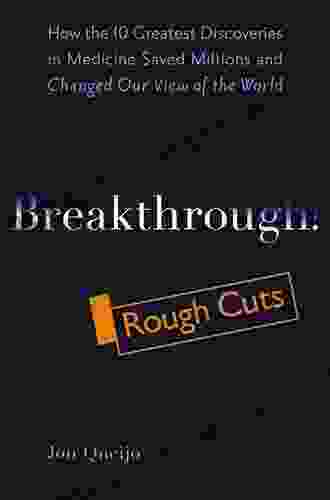
 Jackson HayesHow The 10 Greatest Discoveries In Medicine Saved Millions And Changed Our...
Jackson HayesHow The 10 Greatest Discoveries In Medicine Saved Millions And Changed Our... Herman MelvilleFollow ·4.1k
Herman MelvilleFollow ·4.1k Oliver FosterFollow ·2.1k
Oliver FosterFollow ·2.1k Walter SimmonsFollow ·14.9k
Walter SimmonsFollow ·14.9k Richard SimmonsFollow ·3.4k
Richard SimmonsFollow ·3.4k Jared NelsonFollow ·18.8k
Jared NelsonFollow ·18.8k Richard WrightFollow ·12.4k
Richard WrightFollow ·12.4k John GreenFollow ·8.1k
John GreenFollow ·8.1k Gabriel MistralFollow ·11.1k
Gabriel MistralFollow ·11.1k
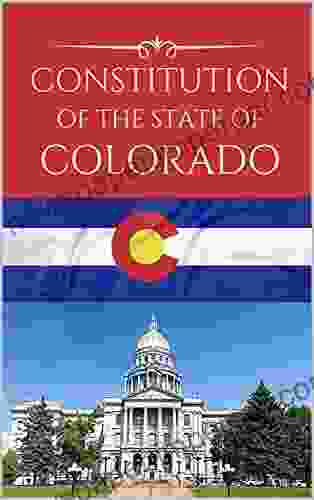
 Jake Powell
Jake PowellThe Constitution of the State of Colorado: A Legacy of...
Since its adoption in 1876, the...
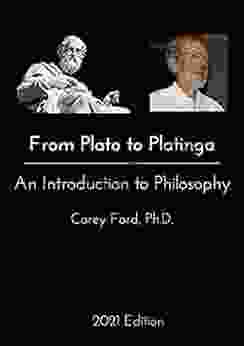
 Devin Ross
Devin RossFrom Plato to Plantinga: A Journey Through the History of...
Philosophy is the study of...

 Robin Powell
Robin PowellWords That Hurt, Words That Heal: The Power of Language...
Words are powerful. They can...

 T.S. Eliot
T.S. EliotTantalize Your Taste Buds with Over 90 Low-Carb Ethnic...
Indulge in a Culinary Adventure with "Over...
5 out of 5
| Language | : | English |
| File size | : | 406 KB |
| Text-to-Speech | : | Enabled |
| Screen Reader | : | Supported |
| Enhanced typesetting | : | Enabled |
| Word Wise | : | Enabled |
| Print length | : | 85 pages |
| Lending | : | Enabled |


